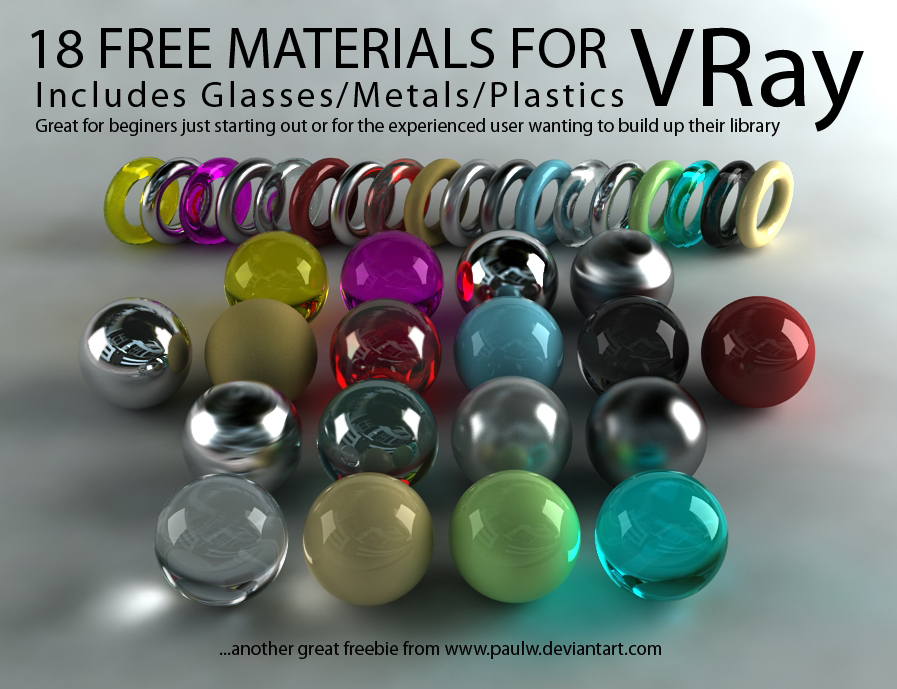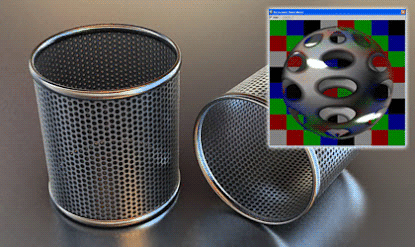
(Textures won't display properly without proper UV unwrapping.) It's especially important for our purposes because we want to use an Ambient Occlusion (AO) map on our model. It's a best practice when you apply any textures to a model to ensure that the model is unwrapped. You can also create them yourself in apps like Photoshop, Quixel Suite, and Substance Suite.īefore we start to assign textures, we'll need to consider the asset's texture coordinates (UVW). You might want to use generic tiling textures that you can get online. Or you might need specific parts of a project or asset to have their own custom sets of textures. For example, you might want to use tiling textures that can be applied to any asset. How you generate your textures can vary according to preference or usage. It's good practice to name your materials appropriately, as shown in the preceding screenshot. For this tutorial, we use only five texture slots in the material. You can now start to assign textures to the asset.Īs you can see, there are a wide range of maps and textures that you can add to the material. In the Material Editor, you now see the properties for the Physical Material, as shown in the following screenshot. This action converts the assigned Standard material to a PBR Physical Material. In the Material/Map Browser, select Physical Material. In the Material Editor, select the Standard tab. Physical Material is the preferred 3ds Max material for Azure Remote Rendering projects. So we need to change the material type to a PBR material. This material is a basic material that's not suitable for PBR setup. Typically, the material type is set to Standard by default.

In the Material Editor, you can choose from a wide selection of material types, depending on your needs. The material is now assigned to the selected object. Select Assign Material to Selection, as shown.

After it's assigned to an object, the selected material will be highlighted, as shown in the next image. Then select the first sphere in the Material Editor. To assign the materials, first select one of the objects in the main viewport. We'll assign one of these materials to each object (each box) in the scene. In the Material Editor, you'll see a number of spheres. Because this scene is relatively simple, we'll use the compact mode. The Material Editor has two modes that you can select in the Modes list: Compact Material Editor mode and Slate Material Editor mode. You can also select M on your keyboard to open the editor. On the main toolbar, select the Material Editor icon as shown in the following screenshot. Now that we have some objects in our scene, in this case a number of cubes, we can begin the PBR setup: Rename the objects, as shown in the following screenshot: This makes them easier to find later if the scene contains a lot of objects. When you create assets, it's a good practice to name them appropriately as you go. To start, we'll create a number of box objects, each of which represents a different type of material. In 3ds Max, the process for setting up a PBR material is as follows.
VRAY MATERIALS 3DS MAX 2015 FULL
It's a grayscale map that indicates which areas of the model receive full lighting (white) or full shade (black).

The procedure described in this tutorial works in 3ds Max 2019 and 3ds Max 2020.Ī change in how 3ds Max 2021 exports bump maps means that normal maps will not be found by the conversion service if that version is used.Ĭreating physically based rendering (PBR) materials in 3ds Max is a straightforward task.


 0 kommentar(er)
0 kommentar(er)
